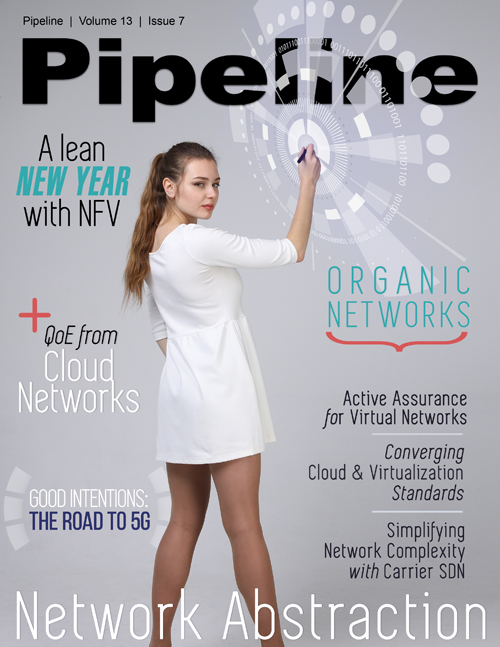Organic Networks: self-managing and self-growing networks
It is likely that the self-organizing, self-managing, self-protecting networks of the future will emerge gradually. ICT companies will add chunks of greater and greater intelligence, and one day Autonomic Networks will be normality and most of us will take it all for granted. But this is still a bit short of what we really mean by “organic”. This needs to include self-reproducing, self-building networks.
Where we should go
There is not yet any common understanding of the true nature of the architecture of these networks of the future. We like to call them “organic networks” because they will almost certainly emerge with a range of characteristics that parallel biological systems. A very early notion of “organic networks” was set out by Andrew Lippman and Alex Pentland. That was some time ago, but their concepts of “viral networks” and “influence networks” still make some sense.
Organic networks should have, for all practical purposes, unbounded scalability. We have no idea how big this global network of networks will need to be to meet the demands of human beings. But we must insure that it can survive, however big it gets. As Lippman and Pentlan point out, “… lack of scalability [in today’s networks] is perhaps the most stringent restriction on system design, regulatory practice and economic development.”
The organic infrastructure will have a high degree of openness to innovation and participation. To meet the scalability ambition, it is clear that the organic global network will, as today, result from a connected set of components provided by a multitude of contributors. Hence, initiatives like the TMForum’s openAPI are mainstream enablers on the autonomic roadmap. However, one of the lessons from the Internet and the explosion of the personal computer market is that our traditional idea that ‘innovation and growth supplied entirely from defined service providers’ is outdated. Users will invent and implement new functionality from the network edge. It is suggested they should be able to schedule specific kinds of capacity to facilitate these edge services. There must be a mechanism for these innovations to flow throughout the network, gaining market base much like YouTube videos or Facebook “stories”. Aps and app markets are a good start at this.
The organic network will have focused network functional intelligence. Boundless scalability probably requires some discipline about where the smartness will direct the network. The simpler the functionality in the network, the more likely it is that the network can successfully look after itself. If the simple rules result in survival-oriented behavior. So the intelligence in the network needs to be focused on building and running the network. The smartness that adds value to the communications — services and applications — will likely have to live at the network edge and clouds. Lippman and Pentlan: “Viral communications derives directly from the end-to-end principle on which the Internet is based — the intelligence is in the end nodes,….”
But here, we must augment Lippman and Pentlan. Future networks could be micro-optimized for the user and the service riding the network during the specific-use-transit-time needed by the customer’s use of the service. By communicating the service characteristics and customer wishes into the network optimizing equipment, an edge requestor can propagate wishes into micro decisions on network path characteristics. The network will control the path and aggregation based on the rich bounty of edge-communicated service goals. Using our biological analogy, the edge will provide the nutrients (services and customers) that the organic network needs to thrive. The network will self-seek these resources and consume them, gaining a sense of vitality by doing so.



















